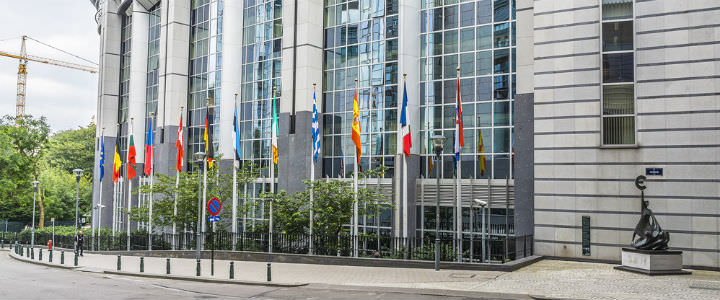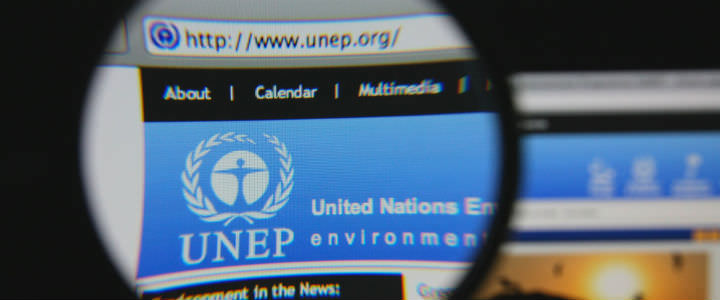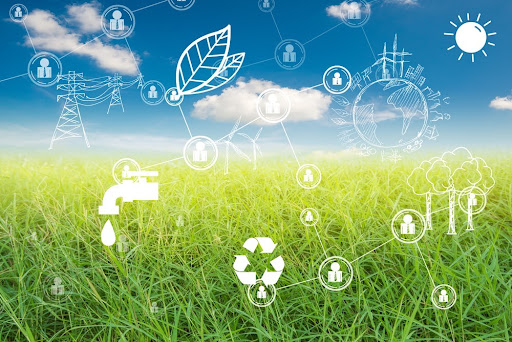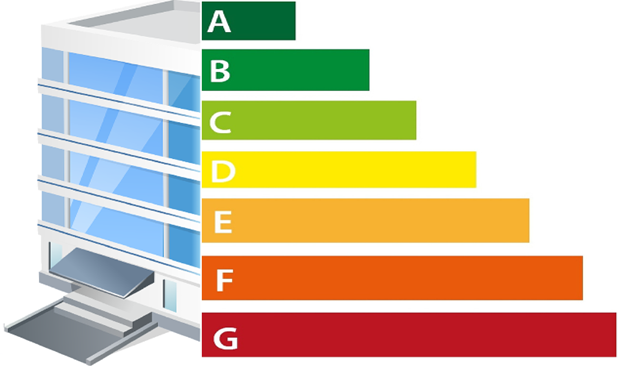CO2 Emissions by Zero in 2070
Green Energy Targets for 2070

Although many thought that global warming was not a potential threat, they have been proved wrong recently. It is suggested that the world must cut CO2 emissions to zero by 2070 at the latest in order to avoid dangerous levels of emissions and prevent a worldwide catastrophe as the UN has stated. By 2100, and here we include methane, nitrous oxide, ozone and CO2, they must fall to zero according to a report from the United Nations Environment Programme (UNEP). In the case this target is not met, the world will face “severe, widespread and irreversible” effects from climate change according to the Intergovernmental Panel on Climate Change.
The UNEP report, which was published last Wednesday, has its base on the idea that the planet has a finite “carbon budget”. Starting in the late 19th century, emissions have surged around 1,900 Gigatonnes (Gt) of CO2 and another 1,000 Gt of other greenhouse emissions that have emerged, thus leaving less than 1,000 Gt of CO2 left in order to emit before securing the planet into dangerous temperature rises of more than 2 degrees Celsius more than pre-industrial levels.
One of the UNEP chief scientists, Jacqueline McGlade said to the Guardian that there are some scientific uncertainties about how diminished is the remaining carbon budget. She added that there is a real uncertainty regarding the will of politicians to react to this crisis. Her statement goes as follows:
The big uncertainty is whether you can put enough policies in place from 2020-2030 – in the critical window – to allow the least-cost pathways (to lower emissions and temperatures) to still stand a chance of being followed. The uncertainties have shifted from the science to politics”.

All the scenarios presented by the UNEP report call for some degree of “negative CO2 emissions” in the second half of this century, through high-tech solutions such as carbon capture and storage or, the controversial alternative of planetary wide engineering of the climate also known as geoengineering. UNEP has become very interested in this subject and is already planning a report for the near future.
McGlade continued saying:
Once you get behind the scaremongering headlines about the schemes that are planetary scale but over which you have no sense of control, there are other geoengineering ideas, going back to basics of how to manipulate local water bodies and alter, for example, geothermal productivity. We haven’t even started to skim the surface of what we can do and we shouldn’t rule out the possibility that some of the geoengineering ideas could be extremely good innovations.”
Awareness should be considered towards compensatory schemes for investors in companies that deal with fossil fuels so they address the “stranded assets” issue Jacqueline McGlade also added.
In recent years, some sort of “donor fatigue” has hit people and this was acknowledged by McGlade ahead of a pledging conference for the Green Climate Fund which raised almost $10 billion. She asked for 20% of the final money to come from citizen bonds for local environment projects, with the remaining 80% split between public and private origins.
The European vice-president for energy union, Maroš Šefčovič,said at a Brussels press conference that the UNEP report will be used in preparing bloc positions for next month’s Lima climate summit. He was recorded saying:
We are now at the political critical mass point where political leaders want to succeed with climate change policies, and have a growing resolve to do so”.
In contradiction with these statements, the EU has not supported UNEP’s call for zero emissions by 2100.

The executive secretary of the UN Framework Convention on Climate Change, Christiana Figueres, has been recorded stating:
This important report underscores the reality that at some point in the second half of the century, we need to have achieved climate neutrality – or as some term in zero net or net zero – in terms of overall global emissions.”
The key theme in the talks about the emissions gap study is represented by the cost-effectiveness of taking early action and the dangers of not doing this.
Achim Steiner, UNEP’s executive director said:
An increase in global temperature is proportional to the build-up of long-lasting greenhouse gases in the atmosphere, especially CO2. Taking more action now reduces the need for more extreme action alter to stay within safe emission limits”. He also added: “In a business as usual scenario, where little progress is made in the development and implementation of global climate policies, global greenhouse gas emissions could rise to up to 87 Gt by 2050, way beyond safe limits”.
Although the scenario presented by the UNEP report is grim, nonetheless important law changes have to be made in order to ensure that the report presented by the UNEP is only a nightmare.



















